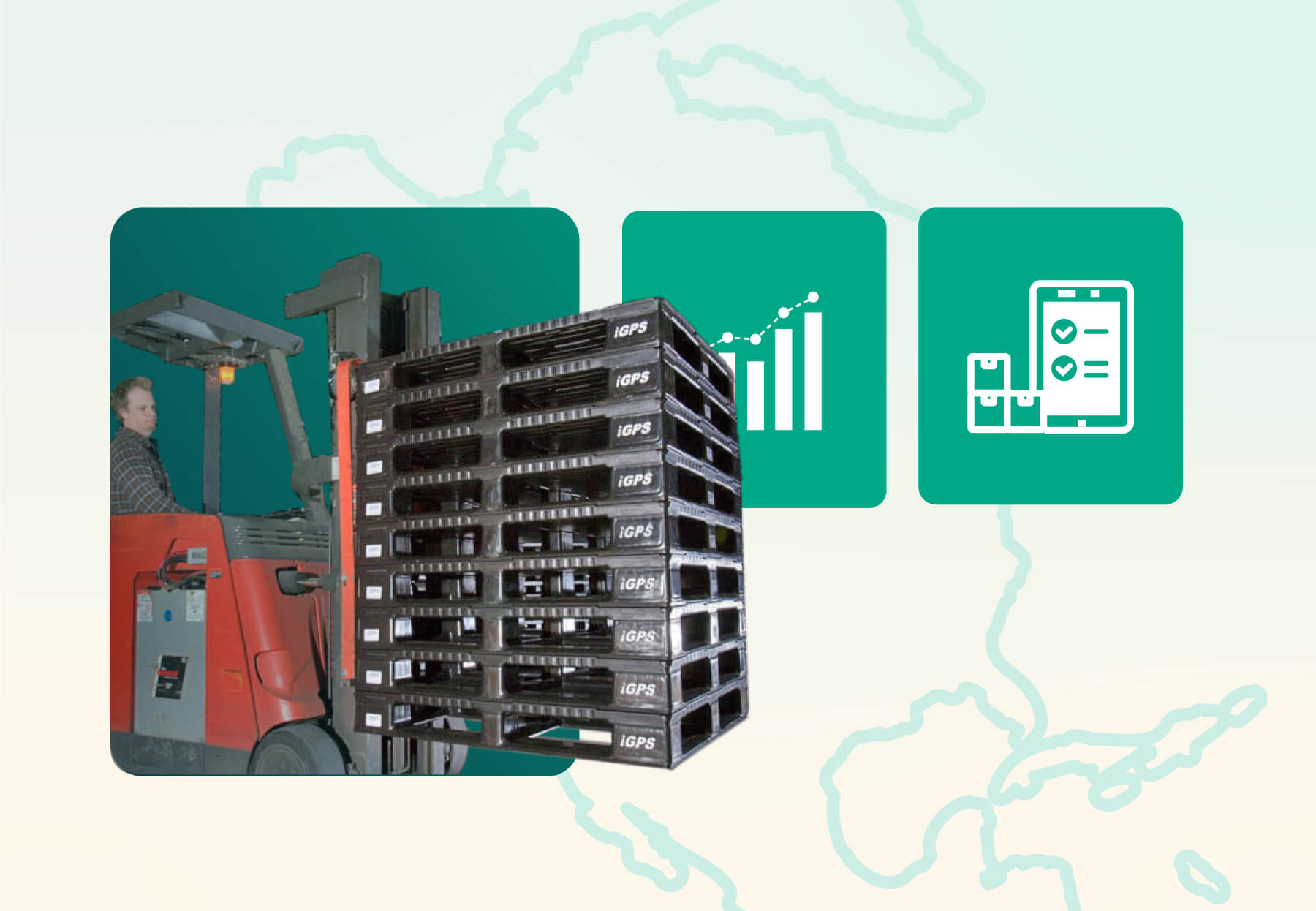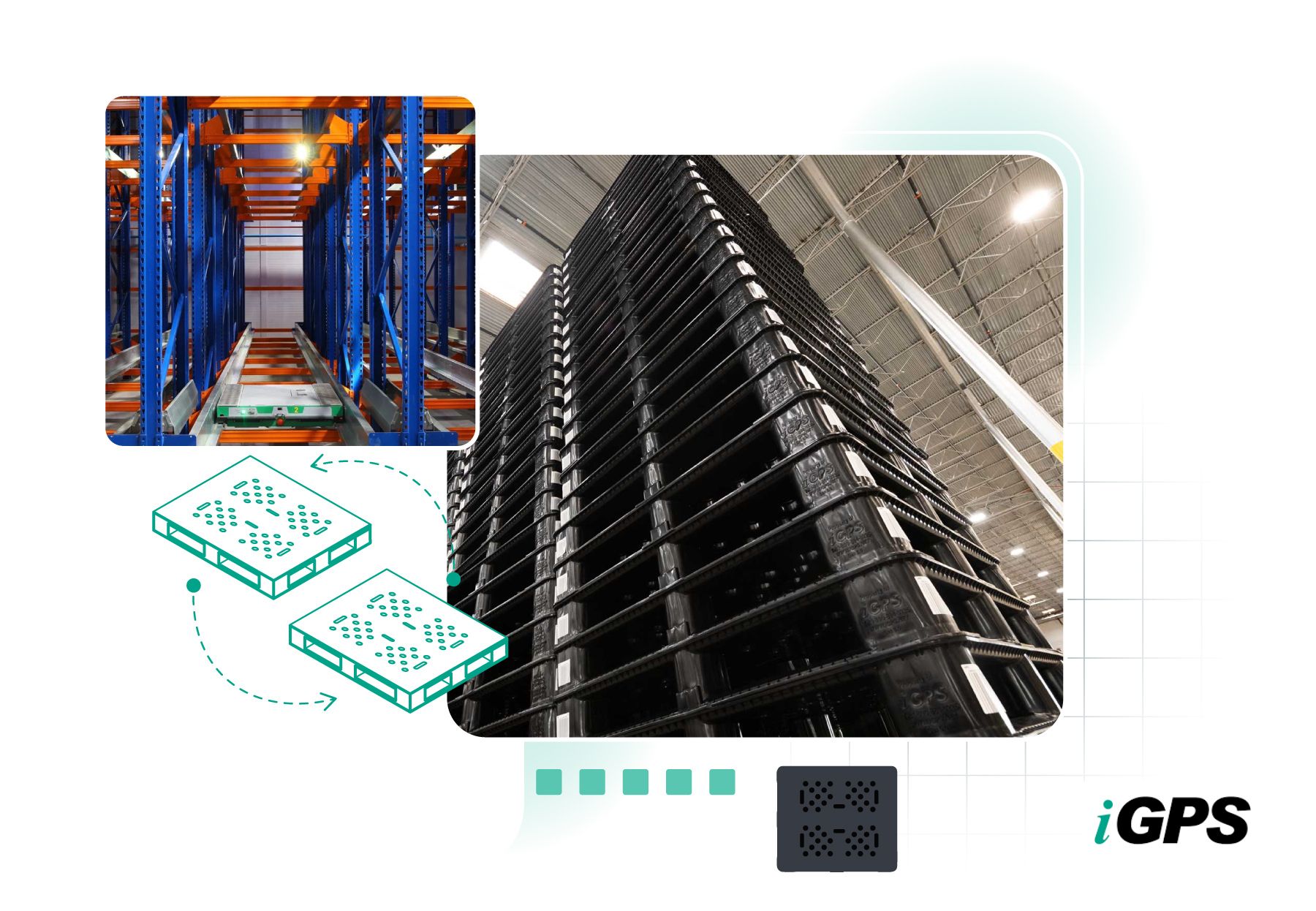Key Takeaways
- Supply chain managers rely on Transportation Management Systems (TMS) as a central component of their operations.
- A TMS is a digital solution designed to plan and optimize the movement of goods.
- While historically TMS platforms were used by large enterprises, companies of every size can benefit from their features and capabilities.
- Key benefits of a TMS include improved cost efficiency, compliance and safety, and real-time shipment tracking.
- Enhanced customer service, sustainability, and data analytics and insights are among other key advantages.
As supply chain leaders strive to keep pace with continuous customer demand for faster, more affordable products, enterprises are turning to technology for smarter and more agile transportation solutions. This is why so many supply chain managers rely on an effective Transportation Management System (TMS) as a key central component of their operation.
A TMS is an advanced software platform that optimizes the speedy movement of goods while delivering enhanced visibility and efficiency. Whether you’re moving raw materials to a manufacturing facility or finished goods to retail shelves, a well-implemented TMS is at the hub of every modern transportation network.
What is a Transportation Management System (TMS)?
A Transportation Management System (TMS) is a digital solution specifically designed to plan, execute, and optimize the physical movement of products and materials. A TMS system provides a centralized platform for supply chain managers to oversee transportation activities — such as carrier selection, route optimization, freight auditing, shipment tracking, and efficient reporting. The TMS connects shippers, carriers, freight forwarders, and other logistics partners through one unified interface, and it is often tightly integrated with other systems that include Enterprise Resource Planning (ERP) platforms and Warehouse Management Systems (WMS).
Modern TMS platforms go beyond processing simple “Point A to Point B” transactions. They leverage artificial intelligence, analytics, and machine learning to drive strategic improvements across the span of the supply chain. And cloud-based options make this technology accessible to companies of all sizes, without the need for a costly up-front infrastructure investment.
Who Needs a Transportation Management System?
Although only the largest multinational enterprises historically invested in TMS platforms due to their cost and complexity, that is no longer the case. From mid-size manufacturers to third-party logistics providers (3PLs), any organization with a significant transportation investment and complex logistics operation can benefit from implementing a TMS.
Companies that ship across multiple modes (truckload, LTL, air, ocean, parcel), coordinate with multiple carriers, and manage large volumes and orders can bring structure and scalability to their processes through a TMS implementation. Companies that are experiencing rapid growth and expanding into e-commerce are also strong candidates.
Benefits of a Transportation Management System
Cost Efficiency
Among the key reasons that companies adopt a TMS is to optimize their transportation costs. The system can achieve this through a combination of automation, optimization, and smarter carrier selection. Rate shopping features enable users to compare carrier costs instantly, ensuring the most favorable rate for each shipment. Route optimization algorithms monitor real-time traffic conditions to identify the most efficient transportation pathways, saving time and reducing fuel costs.
Further cost savings are achieved through freight audit and payment capabilities that verify invoices against agreed-up rates, preventing overcharging and other errors. Over time, this visibility allows supply chain managers to improve their budgeting accuracy and negotiate better contracts.
Compliance and Safety
In the transportation sector, regulatory compliance is complex and constantly evolving. A TMS can help organizations adhere to Department of Transportation (DOT) regulations, Hours of Service (HOS) rules, and customs documentation requirements for international shipments. Automation of paperwork and maintenance of digital records helps companies reduce the risk of fines, liabilities, and delays.
Some TMS platforms can also track carrier performance, flagging providers that have poor delivery records or safety violations. This helps enterprises build a robust network of reliable partners while reinforcing a culture of safety across the supply chain.
Real-time Shipment Tracking
Real-time visibility in the supply chain is not a luxury, but a requirement. Customers, sellers, and intermediaries expect to know where goods are and when they’ll arrive. TMS platforms provide real-time tracking capabilities across multiple transportation modes, enabling shipments to be monitored all the way from origin to destination. This real-time visibility helps managers address delays, reroute freight if necessary, and provide timely updates to customers. And the integration of electronic logging devices, GPS trackers, RFID chips, and other sensors brings a whole new level of transparency and traceability to freight movement.
Improved Customer Service
Transportation delays and lack of visibility can irrevocably damage customer relationships and negatively impact a company’s brand and reputation. With a TMS in place, customer service representatives have real-time access to accurate and timely information about orders and deliveries. This allows for faster responses to inquiries and more realistic delivery windows, as well as the ability to manage customer expectations when delays occur.
TMS platforms can also improve order accuracy and on-time performance by automating workflows, reducing the possibility for human error.
Streamlined Operations
With no Transportation Management System in place, transportation management can involve a dizzying array of disconnected spreadsheets, tedious phone calls, and endless manual processes. These obstacles not only slow down operations, but also increase the likelihood of costly mistakes. A TMS consolidates these various transportation tasks into a unified workflow — from order entry, to carrier assignment, to final delivery.
Improved Data Analytics & Insights
A Transportation Management System doesn’t merely enable the efficient movement of freight — it also generates valuable data and insights. By making use of built-in reporting and analytics tools, supply chain managers can analyze their carrier performance, lane efficiency, delivery trends, and transportation spend. These insights allow for smart, data-driven decision-making that improves performance and reduces costs over time.
Advanced TMS platforms can also use integrated AI to detect trends and suggest optimizations, such as consolidating shipments or adjusting delivery windows. The ability to turn raw transportation data into actionable intelligence is among the most powerful long-term advantages of using a TMS.
Enhanced Sustainability
Sustainability has long been recognized as a business imperative, especially as supply chains take an ever-increasing toll on our natural environment. The supply chain accounts for the majority of an enterprise’s global greenhouse gas emissions, and companies are under increasing pressure from customers, partners, and investors to reduce their environmental footprint. A TMS contributes to improved sustainability by optimizing routes, decreasing fuel usage, and facilitating more efficient load consolidation.
Additionally, some platforms feature built-in carbon tracking tools that measure emissions per shipment or mode, helping businesses set and meet their sustainability goals more effectively.
Better Scalability
As businesses grow and shift to new markets, their transportation needs expand and evolve. Modern TMS platforms provide the flexibility to scale up operations without a proportional increase in complexity or headcount. Whether adding new carriers, expanding into other markets, or launching new e-commerce channels, a well-managed TMS can support the transition seamlessly.
Cloud-based solutions are particularly adept at facilitating rapid deployment and easy integration with other systems, making it easier to onboard new facilities or business units. For companies aiming to create more durable and resilient supply chains, scalability is a key advantage.
A Transportation Management System is more than a vital logistics tool; it’s a fundamental strategic asset that drives superior performance across areas that include cost, service, compliance, and sustainability. As speed and agility become ever more critical, the visibility and enhanced efficiency offered by a TMS can help companies power past their competition and reap dividends across the entire supply chain.
Frequently Asked Questions
What is the purpose of a Transportation Management System?
The purpose of a Transportation Management System (TMS) is to streamline and optimize the planning, execution, and tracking of freight movement across the supply chain. It helps organizations reduce costs, improve delivery reliability, enhance visibility, and automate logistics processes for more efficient and strategic transportation operations.
What are the disadvantages of a Transportation Management System?
Despite its benefits, a Transportation Management System can come with drawbacks such as high upfront costs, complexity of implementation, and the need for user training. Smaller companies may find it resource-intensive, and without proper integration or change management, the system’s full capabilities might not be realized or effectively utilized.
Companies focused on optimizing their supply chain operations and lowering costs rely on durable, lightweight iGPS plastic pallets for their shipping needs. For more information, contact us at 1-800-884-0225, email a specialist at switch@igps.net, or visit our contact page.



